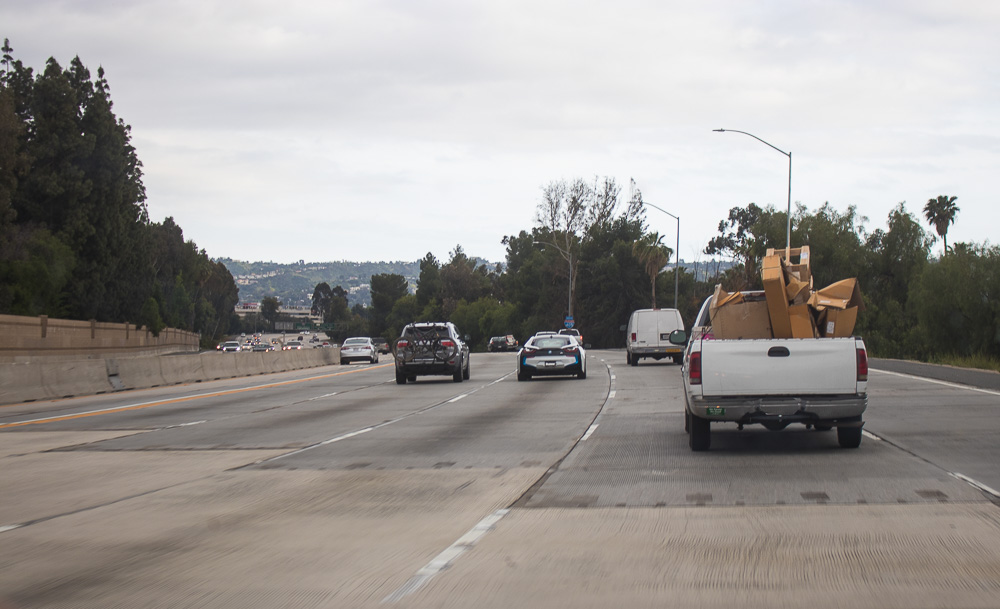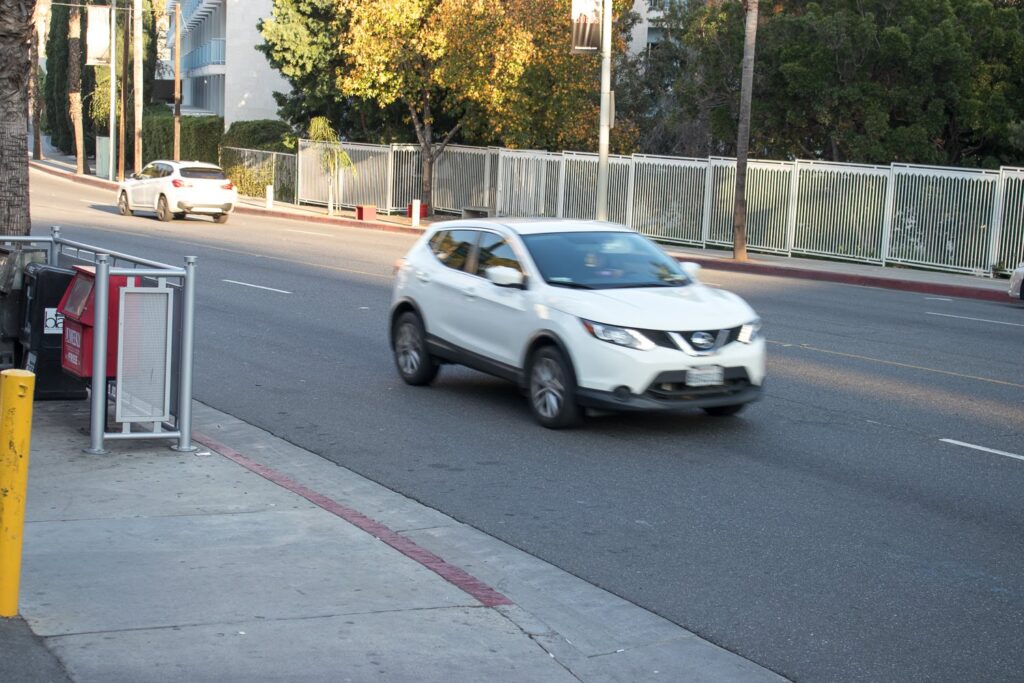Unfortunately, most of us deal with distracted drivers daily. It could be someone who is texting while driving, talking on a cell phone, eating while behind the wheel, or even applying makeup in the lane next to you. These examples are obvious instances of distracted driving, but there are some you may not have even considered. One potentially dangerous situation is driving with a dog in the car.
Laws About Driving With Pets
Except for Hawaii, it is legal in the U.S. to have your dog in the car with you while driving. There are currently, however, eight states that have laws that prohibit distracting tasks while operating a vehicle, which may include interactions with a pet.
Traffic safety authorities indicate that allowing a dog to move freely around your vehicle can be extremely dangerous while driving. In fact, the American Automobile Association (AAA) stated in an article in the Dayton Daily News that “A 10-pound dog can turn into 300 pounds of force at 30 miles an hour. Going on a trip with Fido can really turn fatal if it’s not restrained.”
Many states have shown interest in passing laws forbidding dogs from riding along in the car, but passing the laws are proving to be a challenge due to objections from pet owners. Though the laws have not yet passed, the danger of driving with an unrestrained dog in the car remains. The mentioned article also refers to 2011 survey of dog owners by AAA indicated that most people agreed about the dangers of driving with an unrestrained dog, yet only 16% said they used some form of restraint. 52% said that they do pet their dog while driving. 19% admitted to using their hands or arms to keep the dog out of the front seat. 17% allow their dog to sit in their lap while driving.
Are You The Victim Of Distracted Driving By A Dog Owner?
If you have been injured due to a driver distracted by their dog while driving, they may be responsible for any injuries and property damage. A personal injury attorney can help get you the compensation you deserve with your distracted driving claim, which can often be difficult to prove, and help gather the evidence necessary to show the other driver was distracted by their pet and not focused on driving.



